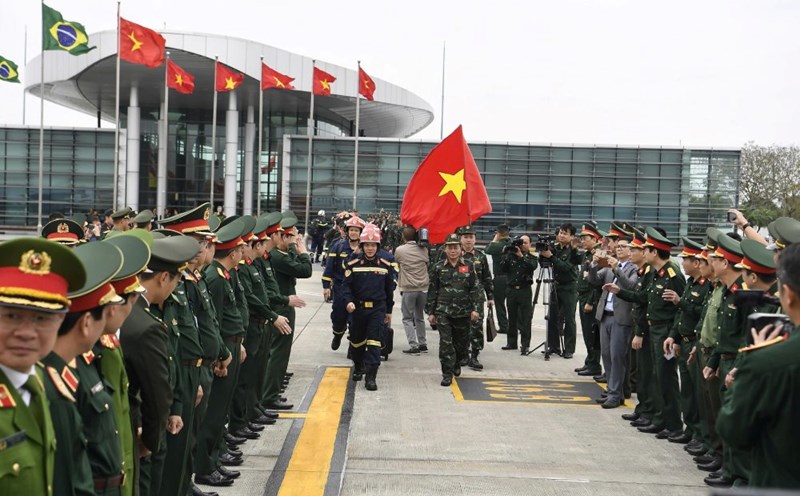A resident of Deir ez-Zor city told RT: "This park used to be as green as a forest but now it has become a cemetery. Not only this park, but the parks of Moualemeen, Methelji, Muathafeen are all empty and turned into cemeteries."
Trees in Jura Park were cut down to make firewood a few years ago. What remains is an open space with hundreds of graves. Although unsafe, children still come here to take care of graves, visit deceased relatives or simply play at familiar common places.
"My friend used to play in this park but now they are targets of bullets," a child lamented.
As the administrative capital near Syria's border with Iraq, Deir ez-Zor is an important strategic stronghold for Damascus and a target of the IS terrorist group. Over the past two years, Deir ez-Zor has been besieged by IS, cutting off roads, power supply and communications, making the city in misery.
Deir ez-Zor depends on the United Nations and Russia's airspace-based food and fuel. People in the city have to dig wells to get water and live without electricity... Nutritional deficiencies and outbreaks have reduced the city's population from 300,000 (in 2011) to about 125,000 people.
The failure of IS in other places has made the terrorist group more desperate and determined to stay rooted in Deir ez-Zor. Earlier this year, the IS launched a large-scale attack. The government military is currently trying to penetrate the area controlled by the jihadists and has had victories. However, after six years of war in Syria and more than 400,000 deaths, relief for Deir ez-Zor remains a problem in the coming months.







